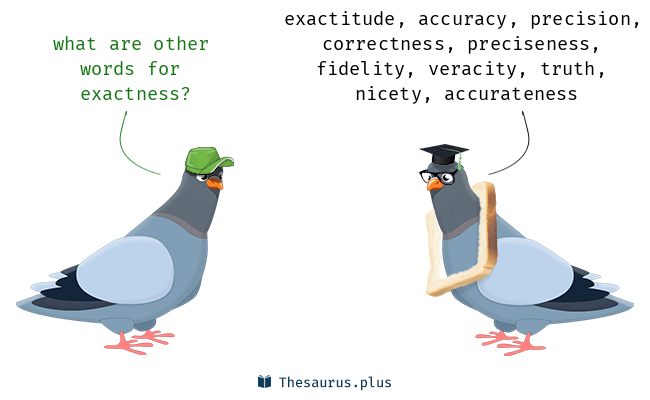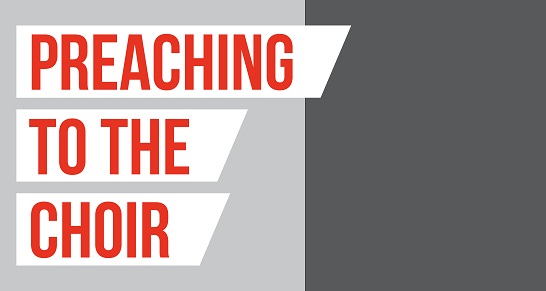
I regularly read ancient confessions to help me think theologically. The goal is to add theological depth to my preaching in order to feed the flock well as we read Scripture together each Sunday.
I am also near completion of my first full-length e-book, Preacher As Soul-Watcher, which contains a section on Hebrews 13:17 and the preacher’s authority.
The Second Helvetic Confession (“Helvetic” is Latin for “Swiss” and this confession grew out of the context of Swiss-German Reformed Protestantism in the mid-sixteenth century) contains chapter 18:
“Of the Ministers of the Church, Their Institution and Duties.”
After the section on our Lord’s absolute power is,
“The Power of the Office and of the Minister” (p. 93, The Book of Confessions). It reads…
“Then there is another power of an office or of ministry limited by him who has full and absolute power. And this is more like a service than a dominion….In virtue of this power the minister, because of his office, does that which the Lord has commanded him to do; and the Lord confirms what he does, and wills that what his servant has done will be so regarded and acknowledged, as if he himself had done it” (p. 93)
When we preach God’s Word with accuracy, we’re doing what the Lord commanded us to do. According to the confession, the Lord confirms what we do and wants our listeners to regard our preaching as if He Himself had preached.
I don’t know from Sunday to Sunday who will think of my preaching like this, but I do know that this thought encourages me as I prepare for another Sunday.
I hope you are encouraged too by the thought of our derived pulpit power bringing glory to God in the church and in Christ Jesus (Ephesians 3:21).
Randal










